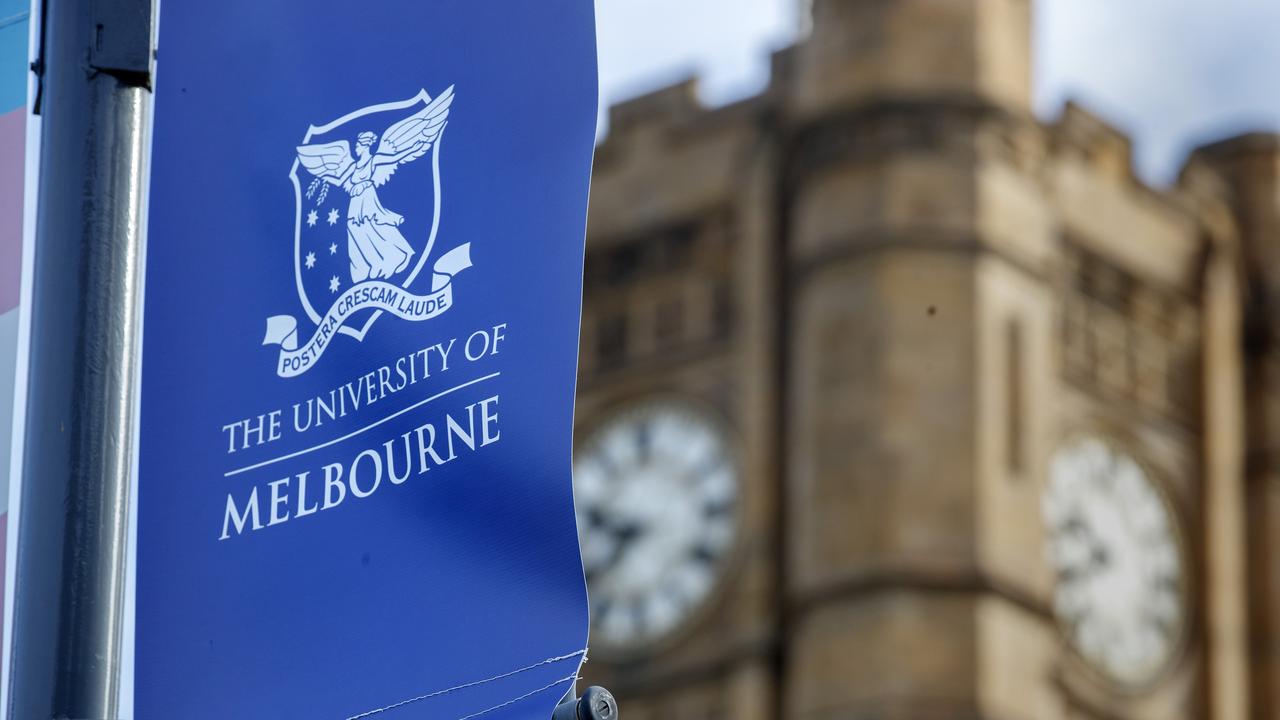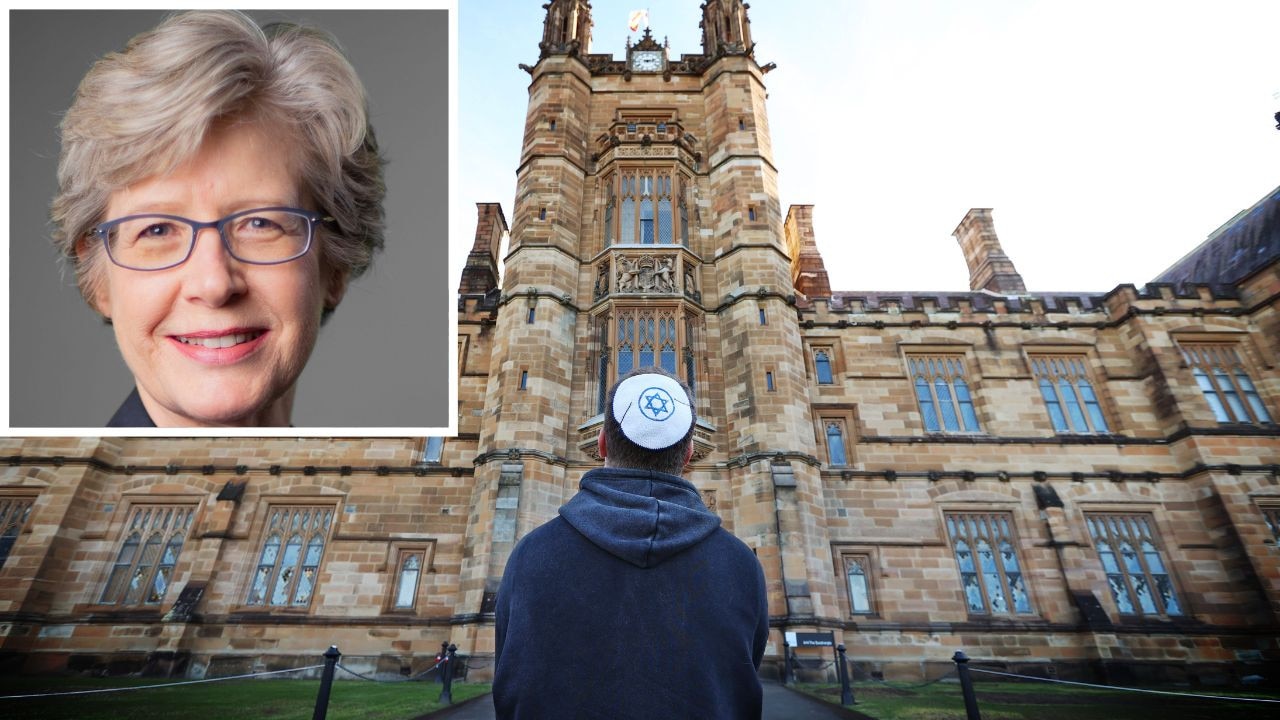High-school classes go for pop culture
STUDENTS will create an artwork from trash, play the logo quiz, and watch YouTube videos in their high school English class.
STUDENTS will create an artwork from trash, play the logo quiz, study car and perfume ads, and watch YouTube videos in their high school English class under lesson plans produced for teachers by the national English teacher organisations.
While the teaching resources include some print texts, notably poetry and short articles, the units predominantly suggest using digital and visual texts such as websites, blogs and wikis, TV shows and advertisements, films, Facebook and Twitter.
The resources have raised concerns at the Australian Curriculum Assessment and Reporting Authority that teachers will adopt the units thinking they reflect the balanced study of English mandated in the curriculum.
ACARA general manager of curriculum Phil Lambert told The Australian the course of study prescribed under the national English curriculum was much broader than that outlined in the English resources, particularly in the need to study literature and long texts.
"The material would be engaging and I guess there's a demand for great, engaging material but there are other ways you can engage children including through some really great literature," he said.
"Some of the classics right through to contemporary novels are engaging.
"Teachers can make lessons engaging without necessarily needing to draw on curriculum content from other learning areas.
"They should only ever see such material as a slice of learning, not the full program."
The 12 units of study, which are available on a website, e4ac.edu.au, were developed by the Australian Association for the Teaching of English and the Primary English Teachers Association with financial support from Education Services Australia, owned by federal, state and territory education ministers and producing and disseminating curriculum resources.
The lessons for students from prep to Year 10 integrate other subjects, including geography, history and science, with the high school units covering advertising and ethical consumerism, sustainability and the disposable society, biographies and life stories, and protest.
While an integrated approach to the teaching curriculum is a well-established feature of primary schools, high school teaching is by individual subjects.
The leader of the secondary project, AATE treasurer Philip Page, said the intent was to produce a series of resources that would be engaging to students, based on themes that fitted the English syllabus as well as the general capabilities and cross-curriculum priorities in the national curriculum.
He said the intent was to provide a model for teachers to adapt for their own use and "our experience tells us that teachers will dip in and see this is a good idea and take that out to apply in schools".
Mr Page said the project was stymied by the difficulty in obtaining intellectual property rights, which had "handcuffed" the organisation, particularly in using "traditional texts".
The associations are now working with the Copyright Agency on a series of resources focused on a detailed study of Australian literature.
In the e4ac resources, a Year 8 unit on sustainability, called Living with Trash, mentions one book but students would study only the cover, an interview with the author and the book "trailer" but not the actual book.
"Students can be encouraged to read the novel for their own interest or it would make for a great classroom study," it says.
The life stories unit starts with a poem by Russian Yevgeny Yevtushenko before studying video clips, newspaper articles, Facebook, magazine interviews and short documentaries with students eventually producing their own biography, in a print or digital format.
The protest unit includes poetry by William Blake, Shelley and Bruce Dawe.


